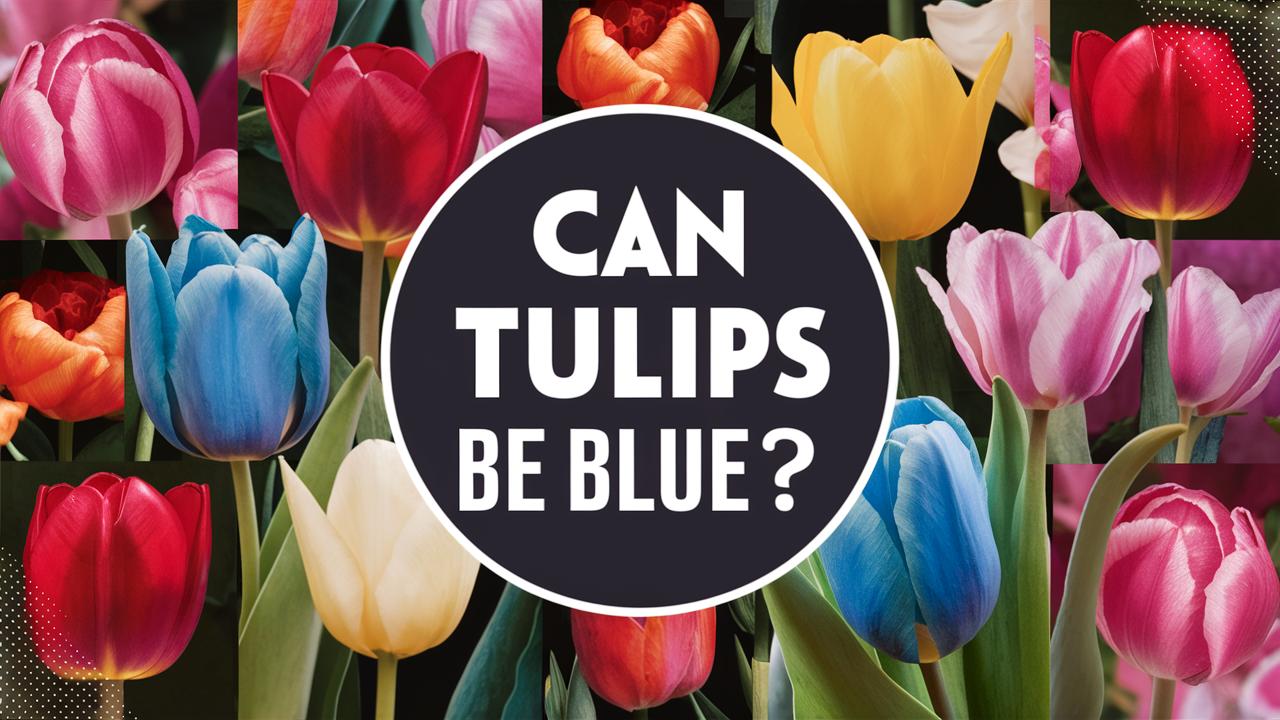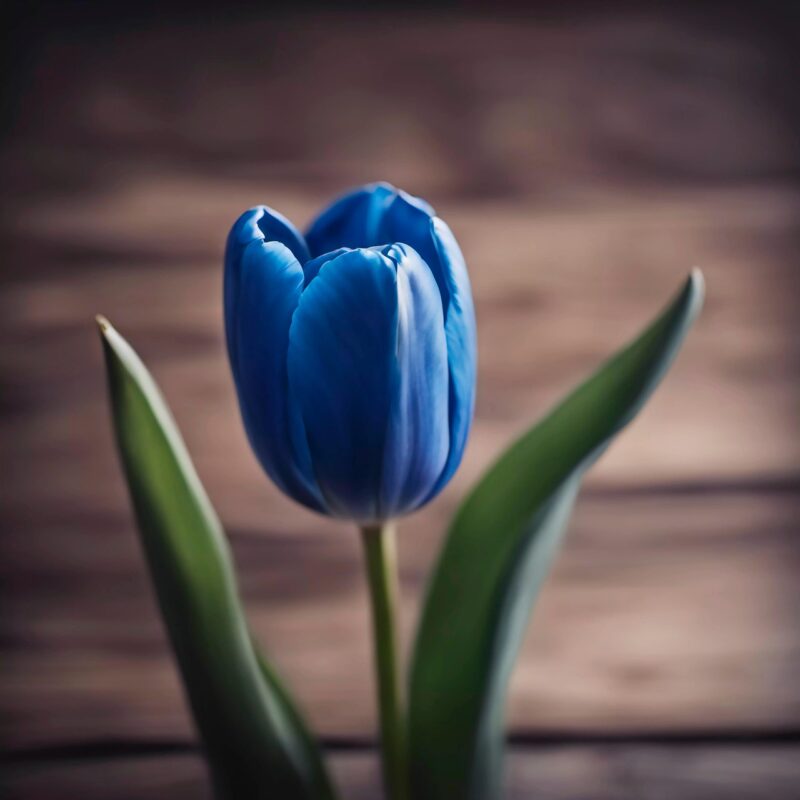When we think of tulips, we often envision a vibrant palette of colors: sunny yellows, fiery reds, and soft pastels. However, one question that arises in the minds of curious gardeners and flower enthusiasts is, “Can tulips be blue?” It’s a question that has intrigued many, leading us down a delightful rabbit hole of exploration into the world of botany, color theory, and flower cultivation. Let’s dive deeper into this colorful mystery.
The Short Answer
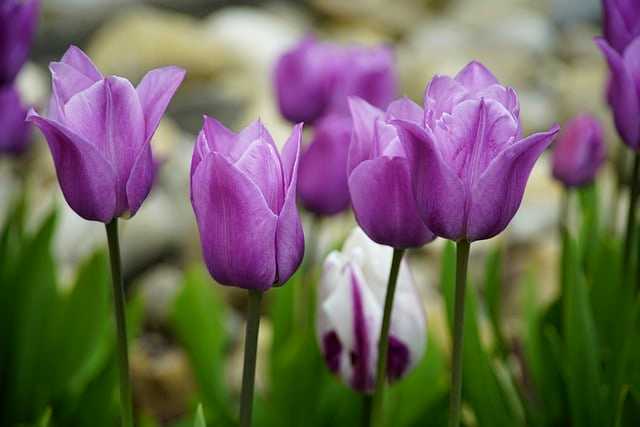
The simple truth is that there are no “true blue” colored tulips. While you can find various shades of violet and purple that may come close, the perfect blue that many hope to see simply does not exist in the world of tulips. They are genetically predisposed to display a vast range of colors, but blue is a hue that eludes them altogether. So, while you won’t find nature’s vibrant blue in tulip blooms, let’s explore the reasons behind this phenomenon and the beautiful alternatives available.
The Long Answer
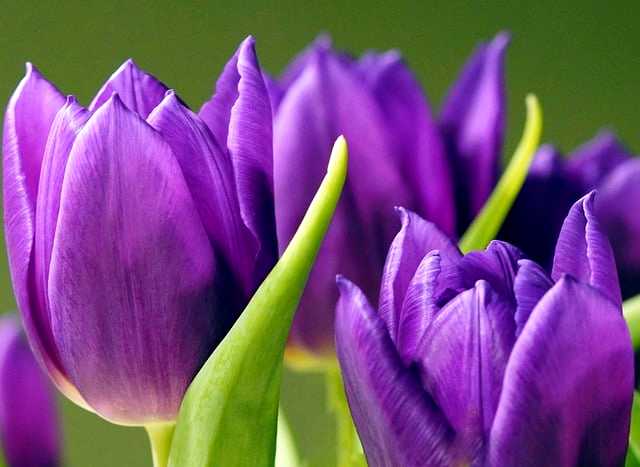
To understand why tulips don’t come in blue, we need to delve into the realm of plant genetics and pigments. Flowers derive their color from pigments, with the most common being anthocyanins, carotenoids, and betalains. Anthocyanins, in particular, are responsible for the red, purple, and blue colors seen in various plants. However, the specific types of anthocyanins found in tulip petals interact with the flower’s cellular structure and pH levels, preventing the achievement of a true blue.
Plants like violets, cornflowers, and bluebells utilize specific chemical compounds and structures that produce a “true blue.” In contrast, tulips, which belong to the genus Tulipa, primarily exhibit hues in the red, yellow, orange, and white spectrums. Breeding practices have enhanced these colors over the years, but alas, blue remains out of reach.
Still, this doesn’t mean that there aren’t stunning shades that can evoke a sense of blue. Tulips classified as “blue” often embody purples and violets, leading to some confusion and intrigue among flower lovers. Let’s further explore what constitutes “blue” tulips and highlight a few notable varieties that make their case.
Explaining True Blue
What exactly are we referring to when we speak of “true blue”? In the world of botany, a true blue refers to a bright, pure blue that is distinct and vibrant. This is often compared to other colors that are more variable in hue, like violet or purple. True blue is rarely found in nature; many flowers classified as blue are often shades of purple or violet that appear blue under certain lighting conditions or when viewed from specific angles.
When we examine the color spectrum, blue exists as one of the primary colors. However, in the floral world, it requires particular genetic traits that certain flowers, including tulips, do not possess. Many enthusiasts find joy in shades of purple or violet in tulips and appreciate how these colors can resemble blue. But it’s important to understand that when we speak of tulips classified as blue, we’re treading into the realm of perception rather than botanical accuracy.
Why Are Some Tulips Classified as Blue?
The classification of certain tulips as “blue” is largely a product of marketing and subjective perception. When breeders analyze the various shades and hues exhibited by tulip petals, they sometimes find that specific purples and violets appear to have a blue undertone. When these tulips are marketed, they may be dubbed “blue” to attract consumers who are searching for that serene, calming color associated with blue flowers.
This phenomenon can be confusing because the perception of color is subjective and can change based on lighting, surrounding colors, and individual eyesight. In gardens, certain purple-hued tulips can look strikingly similar to what one might expect from blue blooms, especially during twilight when the fading light can cast a magical glow over the petals. Additionally, the emotional response evoked by colors plays a significant role in our classification systems. Blue is often associated with tranquility and serenity, making “blue” tulips desirable even if they don’t carry that exact hue.
Which Varieties Are Considered Blue?
Despite the absence of true blue tulips, several varieties come close with their remarkable shades of purple, mauve, and violet. Here is a detailed look at some of the most popular tulips considered “blue”:
Tulipa ‘Blue Parrot’
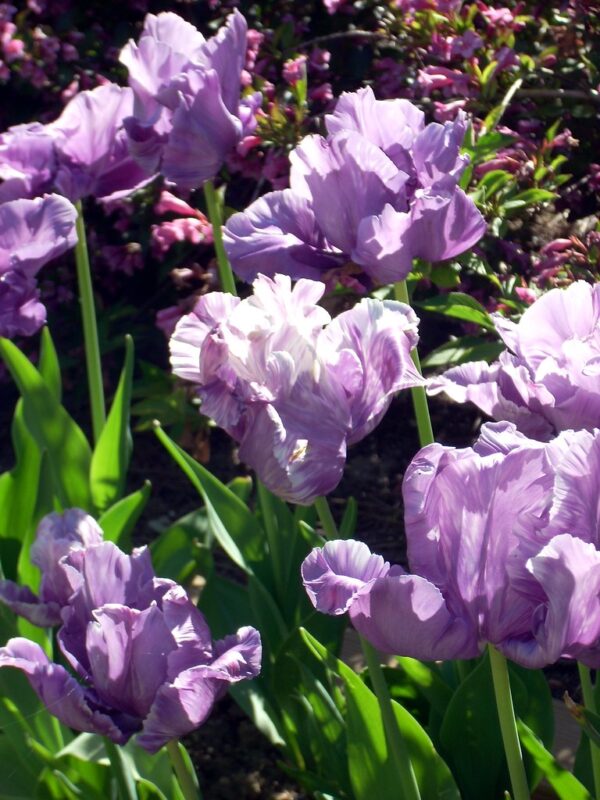
The ‘Blue Parrot’ tulip brings flamboyance to any garden. Its petals are fringed and boast of unique shades that evoke feelings of blue. Its rich colors and the unusual texture of the blooms attract many admirers. Gardeners often use this variety as a focal point in flower arrangements due to its exotic appeal.
Tulipa ‘Cummins’
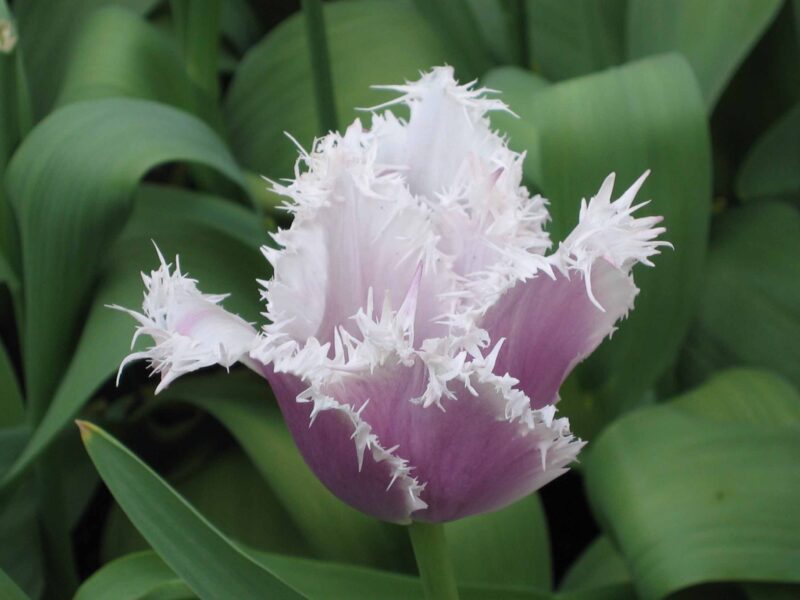
‘Cummings’ is another lovely variety that leans toward the purple spectrum while being categorized as blue. Its resilient blooms are a popular choice for gardens seeking variety and interest. The slight blueish tint can often be more apparent in the soft glow of early morning or late afternoon light, making it an enchanting addition to any layout.
Tulipa ‘Blueberry Ripple’
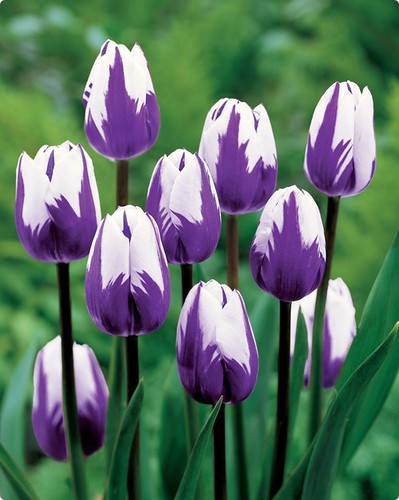
‘Blueberry Ripple’ is a captivating variety with petals that blend soft purple and white, creating a two-toned effect that can resemble blue. This charming tulip stands out for its uniqueness and adds layers of beauty to any garden design. Its gentle colors call to mind the luscious fruit for which it is named.
Tulipa ‘Blue Wow’
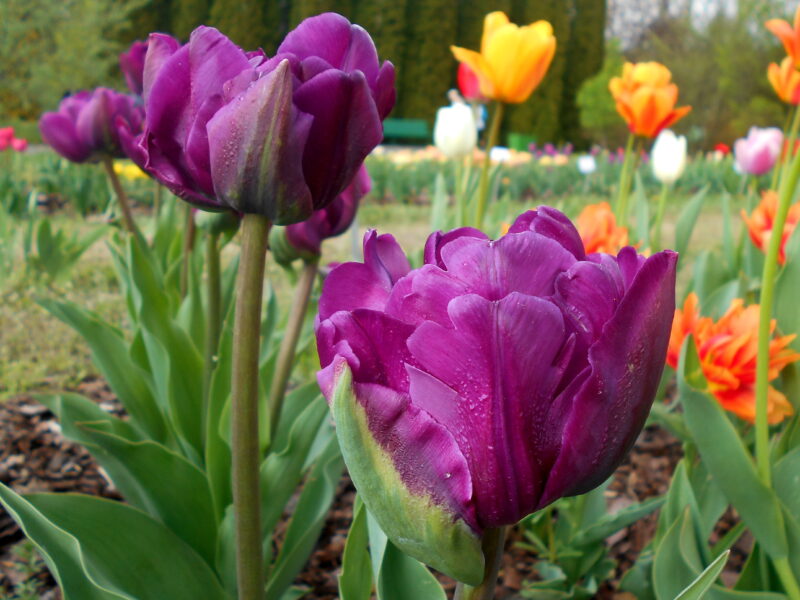
The ‘Blue Wow’ tulip is known for its stunning, rich violet flowers that sometimes exhibit blue undertones, especially in bright sunlight. This variety boasts an impressive height and can maintain its colors beautifully throughout the bloom season. Gardeners love ‘Blue Wow’ not just for its beauty but also for its sturdiness, making it a perfect choice for vibrant floral displays.
Tulipa ‘Blue Aimable’

Characterized by its lovely, frilled petals, the ‘Blue Aimable’ tulip typically exhibits a deep mauve color that some perceive as blue. This variety adds an element of whimsy to garden borders and floral arrangements alike. These tulips work beautifully in clusters, creating a dreamy cascade of color that captures the eye.
Tulipa ‘Blue Diamond’
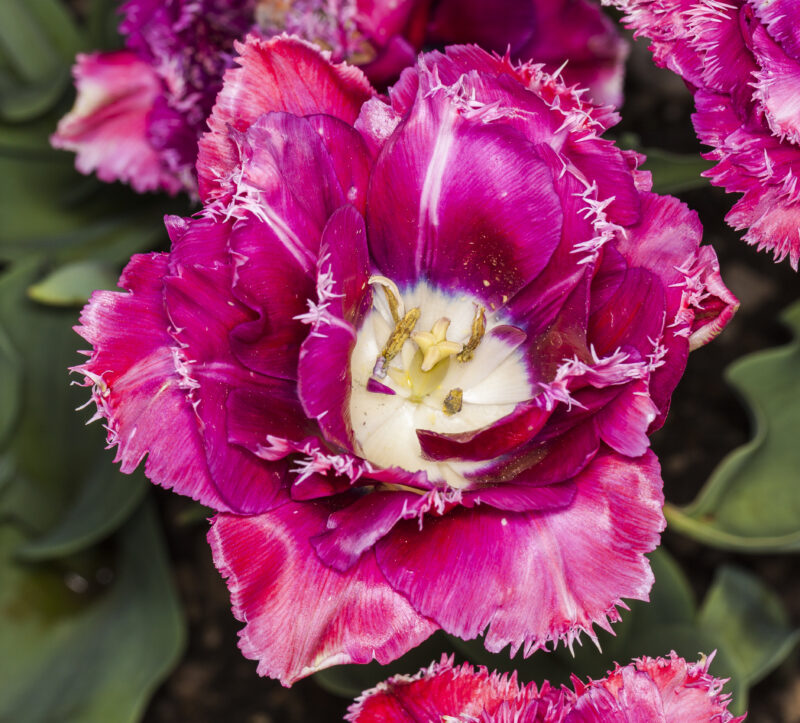
The ‘Blue Diamond’ tulip stands out with its rich, almost indigo-like petals. While certainly not blue in a traditional sense, it manages to capture the essence of blue in a unique way. Its strong, velvety blooms are ideal for creating bold statements in garden beds and paired with lighter colors for a striking contrast.
Tulipa ‘Blue Beauty’
The ‘Blue Beauty’ tulip presents a delicate appearance with soft violet petals that can appear blue depending on the lighting. Its simple, elegant shape and charming hue make it a sought-after choice for spring gardens. This tulip grows to a moderate height and thrives in well-drained soil, showcasing its beauty as it sways gently in the spring breeze.
Final Thoughts
While tulips may never take on the vibrant blue hues we see in other flowers, the range of purples and violets they offer can still bring an enchanting quality to your garden. The allure of blue tulips has inspired countless gardeners and flower lovers, resulting in the classification of certain varieties that possess shades reminiscent of blue.


